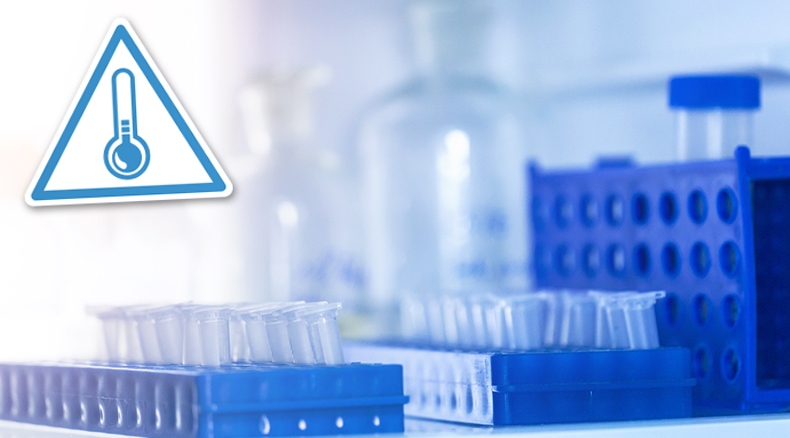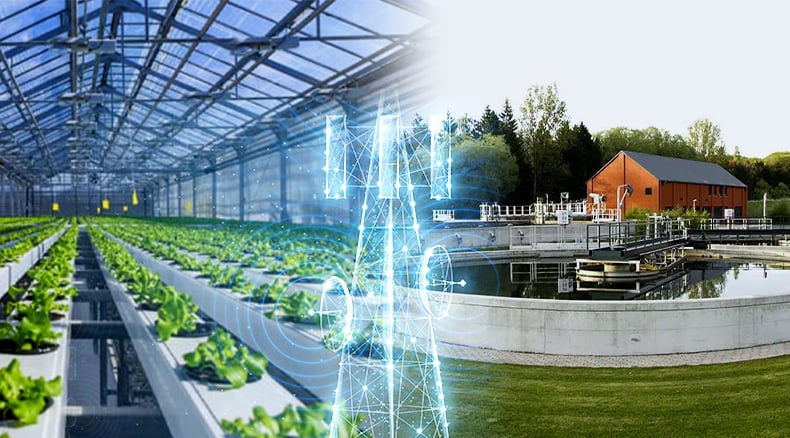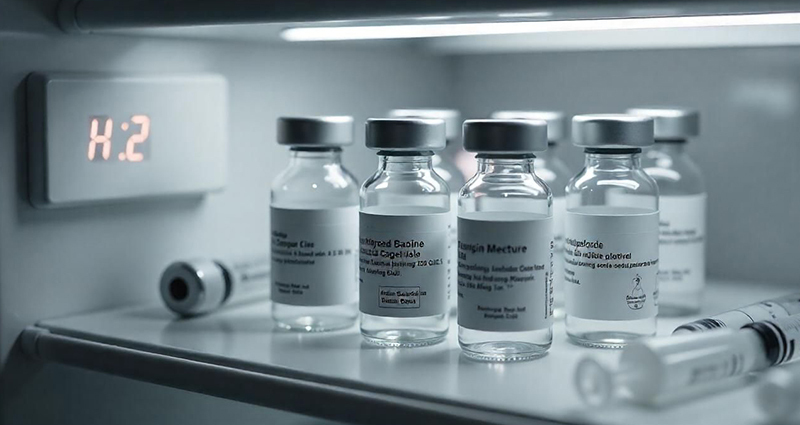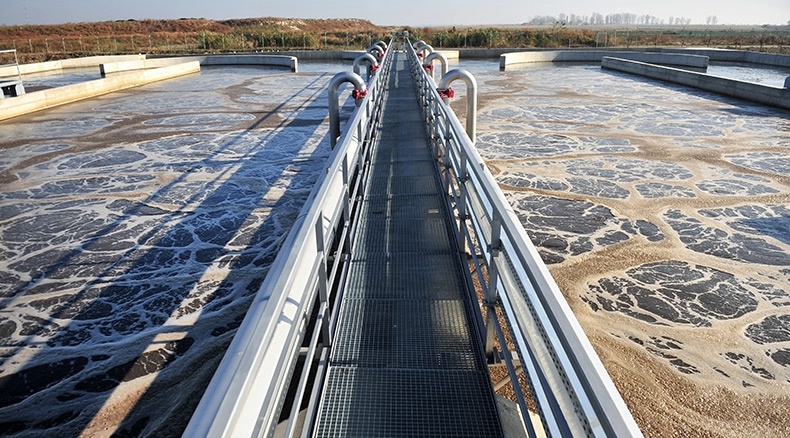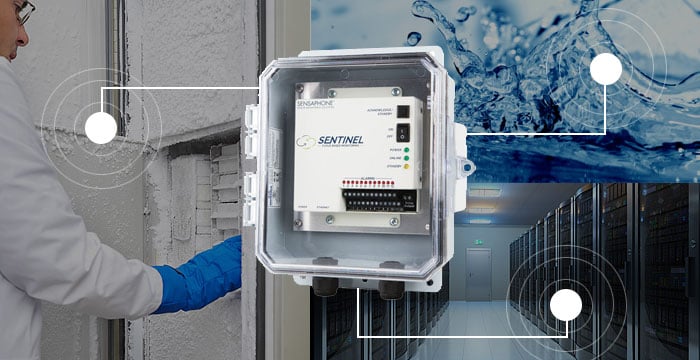
An environmental monitoring system is a cost-effective way to keep an eye on conditions like temperature and flow level that keep operations running smoothly for a wide range of industries. These systems alert facility managers and personnel as soon as a condition goes outside of pre-set parameters so they can investigate and address the issue before it becomes a big, costly problem.
Any Sensaphone device can work as a complete environmental monitoring system when used with the proper sensors. But, with so many sensors to choose from—how do you know what configuration of products is right for your application?This handy guide describes the types of sensors available, explains how they work with our monitoring systems and how to install them:
Sensor Types and Compatibility
Most Sensaphone environmental monitoring systems accept four different types of sensors.
2.8K Thermistors
A thermistor is a type of resistor whose resistance is dependent on temperature. The Sensaphone monitoring device reads the resistance from the thermistor and translates that value to a temperature. 2.8K thermistors are required for lower temperature ranges from -121 °F to 115 °F (-85 °C to 46 °C). Sensaphone offers a wide selection of these sensors that monitor temperatures as low as -112 °F (-80 °C). You’ll also want to make sure the Sensaphone device is capable of reading your required temperature range, because certain ones are not capable of reading the full temperature range of the sensor.
10K Thermistors
The 10K thermistors work on the same principle as the 2.K thermistors, except that they read higher temperature ranges. Sensaphone's 10K thermistors have a sensing range from 35 °F to 140 °F (2 °C to 60 °C). Again, we recommend that you make sure the temperature sensing range of your Sensaphone monitoring device compatible with the 10K thermistor before making a purchase.
Dry Contact
Dry contact sensors work as a simple switch that's normally set as open or closed. When the dry contact sensor changes positions, the Sensaphone device detects the change and triggers an alarm. Although the alarm doesn't indicate any data other than the sensor has changed position, in many cases this is enough information to indicate a problem that needs immediate attention. Perhaps a medical freezer door has been left open—or a water sensor detects a leak—or a float switch has closed because water in a well has risen to a certain level.
Examples of dry contact sensors include:
- Motion detectors
- Power failure sensors
- Equipment failure sensors
- Humidity or temperature switches
- Door open/unauthorized access
- Water detectors
Several of these sensors can be linked together, so that they can all be put into one zone. All Sensaphone monitoring devices can accept a dry contact sensor.
4-20mA
These types of sensors (technically called "transducers") provide the most information to your Sensaphone device. They work by providing a signal from 4mA to 20mA. When the Sensaphone device reads this signal, it determines a value. For example, a humidity sensor has a range of 0 to 100% Relative Humidity (RH). When the Sensaphone device detects a 4mA signal it will display 0% RH; when it detects a 20mA signal it will display 100% RH. Any signal in between will correspond with the appropriate reading.
These are the only sensors that require an external power supply, and we recommend our power supply with battery backup. In the event of a power failure, this power supply will keep the sensor powered and communicating with your Sensaphone device. Since 4-20mA is an industry standard, there are many companies that make very specific sensors to serve variety of applications.
Examples of 4-20mA sensors include:
How to install sensors
Installing sensors is so easy that you can probably do it without technical support. All sensors use two wires that are inserted into the terminal block of the Sensaphone device and tightened using a screwdriver. The thermistor and dry contact sensor wire is not polarity sensitive, so it makes no difference whether the wire is negative or positive. Installing 4-20mA sensors can be more complex because you need to wire in a power supply.
You can place sensors further away from the Sensaphone device by extending the length of the sensor wire. Most sensors work well in indoor environments using unshielded cable. When wires need to be longer than 250 feet or if run outdoors, we recommend using shielded cable, with the shield grounded to the earth. Also, be sure to consult the owner's manual guide to make sure you’re using the appropriate gauge wire based on the distance and sensor type.
How to program sensors
Once the sensors are installed, you can program the Sensaphone device to read your sensors. You can program an auto-dialer monitoring device locally on a keypad and use any internet-connected device to program our cloud-based systems. If you have any questions about installation or programming, we offer free technical support Monday through Friday 8 A.M. to 5 P.M. EST.
Selecting the right Sensaphone devices and sensors is key to designing your complete environmental monitoring system. Our support team is ready to assist you in choosing best components for your specific applications.

